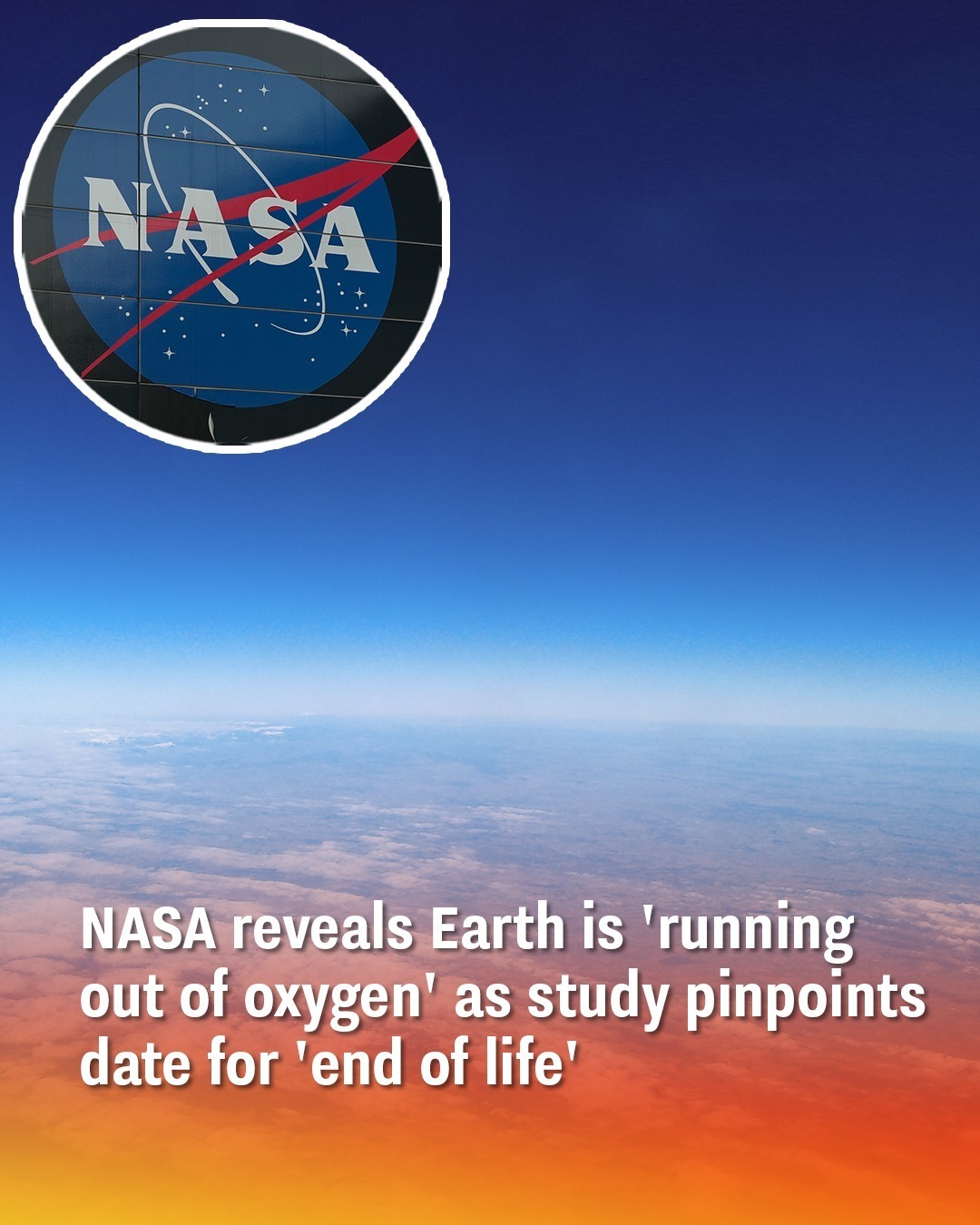A pioneering study, partially funded by NASA’s Astrobiology program, uncovers how Earth’s atmosphere may undergo significant changes over the next billion years due to escalating solar radiation. Researchers from NASA and Japan’s Toho University employed sophisticated computer simulations to project the long-term development of Earth’s atmosphere, incorporating elements of climate science, biology, and geology.

Directed by Kazumi Ozaki and Christopher Reinhard, the research forecasts that as the Sun grows increasingly luminous, Earth’s atmosphere will transition from its current oxygen-abundant condition to one that is incompatible with complex life forms. This shift is propelled by the gradual degradation of atmospheric carbon dioxide (CO2), which is vital for the process of photosynthesis.
As CO2 levels decline, plants and other photosynthetic entities will face survival challenges, resulting in a significant reduction in oxygen production. In the absence of oxygen replenishment, atmospheric oxygen concentrations could plummet to below 10% of present levels, creating an environment unsuitable for humans and most complex organisms.
This phenomenon, termed the “great deoxygenation,” would lead to an atmosphere rich in methane, nearly devoid of CO2, and lacking an ozone layer—conditions reminiscent of those on Earth billions of years ago prior to the Great Oxidation Event.
The research underscores that these transformations will occur over extensive geological timescales—approximately one billion years—although the decline may commence within 10,000 years. This period extends well beyond human lifespans, providing more scientific knowledge than immediate alarm.
The researchers also point out that solar flares and the weakening of Earth’s magnetosphere will play a role in atmospheric loss and transformation. These discoveries enhance our comprehension of planetary atmospheres and carry implications for the search for life on exoplanets.
By examining Earth’s historical and future atmospheric changes, scientists can more effectively recognize signs of life on other planets and grasp the transient nature of oxygen-rich environments in the universe.